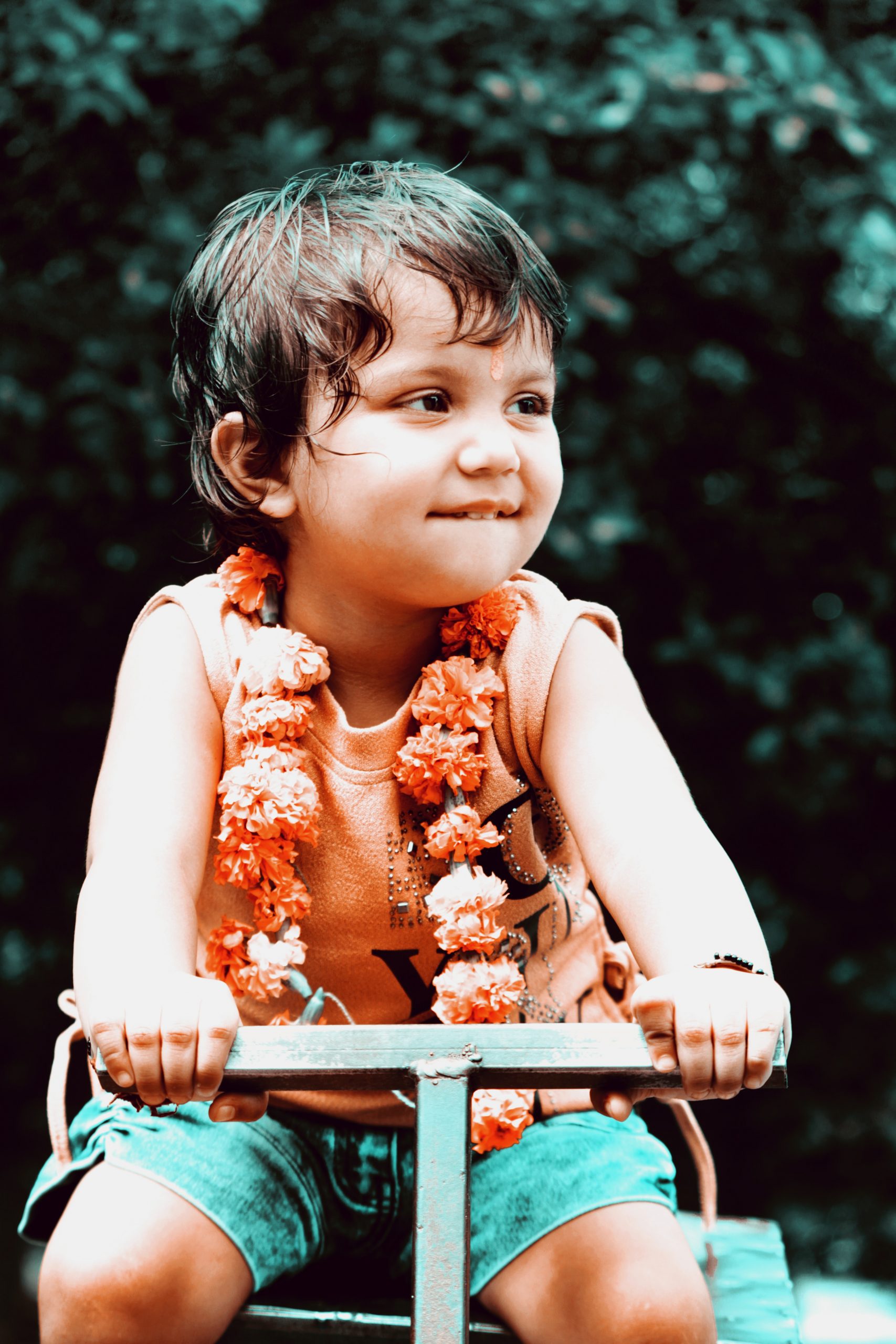As the descendants of an ancient civilisation and a densely-populated country, we’ve inherited a rich, extensive tradition of baby-raising from our ancestors. While some of those customs may have been proven redundant or even dangerous by modern science, there are quite a few that have stood the test of time. Back in the day, there may not have been any R&D, medical labs or even good old Google to help the mothers seek answers. But there was a keen observation, collective knowledge and natural wisdom instead. In fact, on some occasions the advice your paediatrician gives you may be based more on age-old common sense, than the latest medical data. So, let’s find out more about them, shall we?
Tradition #1: Oil massages
Who doesn’t love a good, old-fashioned body rub? Your baby is no exception. If done right, with a gentle, firm touch and a good brand of oil, a massage can have many amazing benefits. Your baby’s muscles strengthen. The skin is moisturised. Blood circulation improves, aids digestion and finally, here’s the best one: your baby is lulled into a deep, long nap leaving you free to take your own. Swaddling the baby post-massage and bath was also a tried and tested sleep-inducing method. Our grandmothers sure knew what they were doing.
Tradition #2: Washing hands and feet before holding the baby
Hospitals and modern parents tend to whip out a bottle of hand sanitiser whenever visitors come to see the baby. However, these sanitisers may not be as benign as we once thought. Many of them have alcohol and other harsh chemicals that can transfer on to your baby’s delicate skin. The alternative? To do what the earlier generations did. Wash hands and feet with water and soap. Easy peasy.
Tradition #3: Home remedies for congestion and gas
Before paediatricians were available on WhatsApp, mothers had to make do with whatever was available in their home to deal with their babies’ coughs and congested chests. Before bedtime, a simple potli made out of roasted ajwain gently applied on a bare chest would prove quite soothing. A warm mustard oil massage also did the trick, helping the baby (and the mother) get a comfortable night’s rest. And if you suspect your little one has gas issues, a dab of hing on the belly button will give him some relief. If you don’t like the idea of medicating your baby, try these tips instead.
Tradition #4: The smart use of spices
A pinch of powdered spice in your baby’s first foods offers a wide host of health benefits. What’s more, it even makes the food tastier, so your baby is less likely to spit it out. Haldi has anti-inflammatory properties. Jeera and dalchini powder help with digestion issues. A bit of hing can help relieve gas. While ground dhania leaves can be added to food (after your baby is 7 months) for an extra dose of iron. However, always check with your doctor before you introduce anything new to your baby’s diet.
Tradition #5: Exposing the baby to sunlight
Many doctors recommend to the sun the baby when he contracts mild jaundice. But did you know that this was originally practised among mothers from several generations ago? They would sun their newborn babies when the skin had a yellow tinge. Just another timeless practise we follow today.
Tradition #6: Breastfeeding within one hour of delivery
In the past, when home births were the norm (and the first hospital was still in blueprint form), midwives would place the baby on the new mother’s breast directly after birth. The baby was able to drink much-needed colostrum, and this suckling also helped the mother’s milk to come in sooner. Today, some hospitals do follow this practice. But more need to follow suit.
Tradition #7: The right clothes for summer
Before Instagram was created to showcase the latest in infant clothing, mothers had a far more practical approach to baby fashion. Soft, breathable fabrics like mulmul and cotton were chosen to keep the baby cool during hot and humid summers. Today, we rarely check the label for fabric information before buying clothes. As a result, your baby is cranky, uncomfortable and itchy. It’s not too late to switch to a friendlier fabric. The earlier generations of mothers also recycled old baby clothes amongst themselves. It was an eco-friendly, money-saving practise that we all could learn from.
Tradition #8: Langotis instead of diapers
We all know the perils of disposable diapers. The hazardous effects on the environment, not to mention your baby’s tender skin. The traditional cloth nappy has proven its mettle today. Quite a few brands are now even offering a slightly modernised version of the langoti. It’s easy to use, doesn’t cause too much nappy rash and even helps potty train your child quicker.
Tradition #9: Jaggery as a treat
After your baby is a year old, he will be allowed his first taste of sweets. Following which, his pupils will dilate, fireworks will go off in his brain and your child will become a sugar junkie. Take a page out of your grandmother’s book, and offer a coin-sized treat of jaggery instead. Your child gets his daily sweet fix, along with a good dose of much-needed iron. It’s healthy, it’s delicious and it’s traditional.
Tradition #10: Ear piercing
In earlier times, babies’ ears would be pierced within the first or second month. As time went on, parents began to wait until the child was much older. However, there are quite a few advantages to early ear piercings. An infant baby can’t move as much, can be soothed quite easily. Babies can’t reach their hands up to their ear to touch the sensitive area or to pull the earrings off. Also, the discomfort and pain are less than it would’ve been if the child was older.
Tradition #11: The 40 day-confinement period
While the original idea behind this confinement may be controversial, the principle of it still holds merit. After nine months of pregnancy resulting in childbirth, a mother needs to recuperate, bond with her baby and figure out motherhood. During this time, she is excused from all household chores and responsibilities. It can be a good breather before the outside world invades her life again.
Tradition #12: First solid foods
Our ancient customs believe that a child must be given the first solid food at 6 months, which is celebrated through the Annaprashan ceremony. Following which, the baby is given nutritious foods like rice porridge, dal paani, khichdi, dailya and ragi. These foods were always homemade and wholesome and prepared the baby for a lifetime of solid food.
Conclusion
It’s hard to imagine raising a child without the help of the internet or a mothers’ group chat. There’s no doctor on speed dial and unavailability of parenting books. Yet somehow, several generations of women managed to raise their babies into fine adults. While some of their traditional practises are best avoided today, there are a few hidden gems, revealed above, that will help you on your own parenting journey.






Leave A Comment